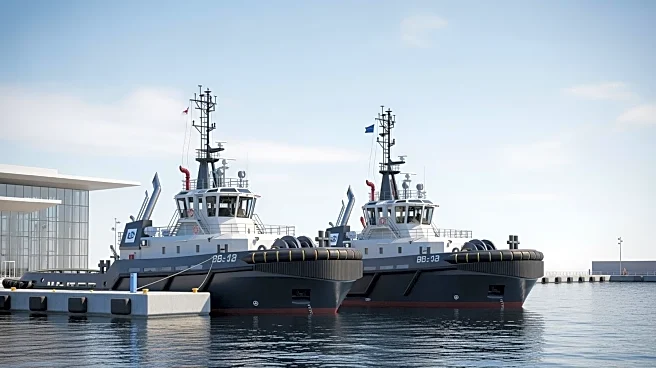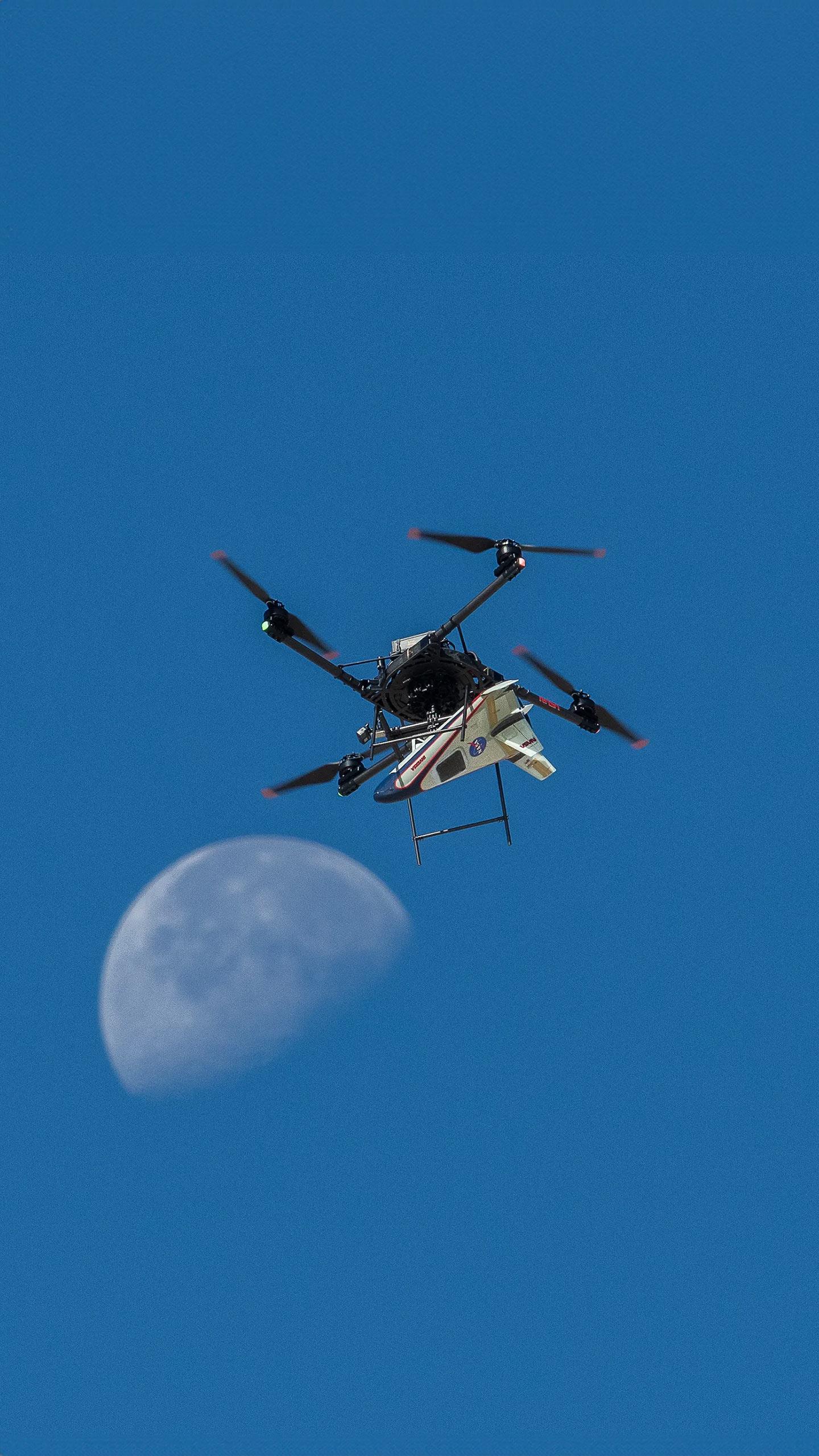What's Happening?
Sanmar has successfully delivered two azimuth tractor tugs to Svitzer, a global maritime operator, for operations in Bahrain. The tugs, originally named DELIÇAY XVI and DELIÇAY XVII during their construction in Türkiye, have been renamed SVITZER MANAMA
and SVITZER AWAL. These vessels are based on the TRAktor-Z 2500SX design by Canadian naval architect Robert Allan Ltd. They measure 25.3 meters in length, with a molded beam of 12 meters, a least molded depth of 4.45 meters, and an extreme draft of approximately 6.55 meters. Each tug is capable of achieving a minimum of 80 tons of bollard pull and a free-running speed of 12.5 knots. Equipped with a Fi-Fi 1 system, these tugs are designed for harbor ship handling and towing duties, offering enhanced operational capabilities and safety performance.
Why It's Important?
The delivery of these advanced tractor tugs to Svitzer Bahrain signifies a strategic enhancement in maritime operations within the region. The tugs' capabilities, including high bollard pull and advanced maneuverability, are crucial for efficient harbor operations and towing tasks. This development is likely to bolster Svitzer's operational efficiency and safety standards, potentially influencing the broader maritime industry by setting new benchmarks for tugboat performance. The introduction of these vessels may also stimulate further technological advancements and investments in maritime infrastructure, benefiting stakeholders such as port authorities, shipping companies, and regional trade partners.
What's Next?
As these tugs begin operations in Bahrain, Svitzer may explore further opportunities to expand its fleet with similar high-performance vessels. The successful integration of these tugs could lead to increased demand for advanced maritime solutions, prompting other operators to consider similar upgrades. Additionally, the enhanced capabilities of these tugs might encourage Svitzer to pursue more complex maritime projects, potentially impacting regional trade dynamics and port operations. Stakeholders will likely monitor the performance and impact of these tugs closely, assessing their influence on operational efficiency and safety.
Beyond the Headlines
The delivery of these tugs highlights the growing importance of technological innovation in the maritime industry. The use of advanced design techniques, such as computational fluid dynamics optimization, underscores a shift towards more efficient and environmentally friendly maritime solutions. This trend may drive further research and development in tugboat design, focusing on sustainability and reduced environmental impact. The collaboration between international entities like Sanmar and Svitzer also reflects the increasingly global nature of maritime operations, fostering cross-border partnerships and knowledge exchange.














